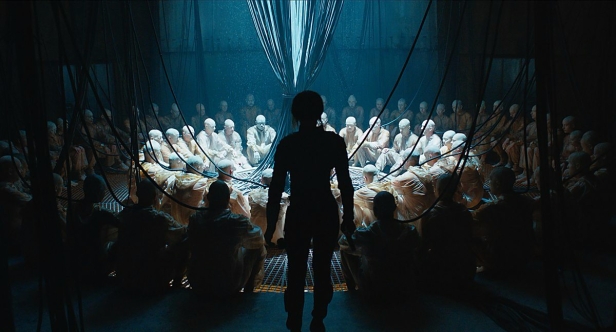Imagine, the humanity has buried implants in their brains that empower the capability of their mind. Elon Musk and SpaceX may have visions similar to this when they decided to venture into this new technology by Neuralink.
Both SpaceX and Tesla are known to support far-out, yet feasible, near-future ideas. Now they have come up with another mind-blowing concept that will make humans ‘smarter’. Neuralink is a company that is working on a device that will merge human brains and computers. Musk has bought this company to support their product that is technically composed of a whole brain interface. It is essentially a network of tiny electrodes linked to the brain that will let us communicate wirelessly with the world. This interface will enable us to share our thoughts without the means of a written or spoken language.
Technically, Neuralink’s technology will create a biological connection of the mind to the internet. Musk mentioned this project over the last six months. In fact, during his Dubai visit, he told the crowd, “Over time I think we will probably see a closer merger of biological intelligence and digital intelligence.” He added that “it’s mostly about the bandwidth, the speed of the connection between your brain and the digital version of yourself, particularly output.”
This is not the first time that science innovators have played around with the human brain. There are devices today that serve medical purposes for patients who have reached their last option. Electrode arrays and other implants have been used to help ameliorate the effects of Parkinson’s, epilepsy, and other neurodegenerative diseases. The result? We now have a tiny portion of people that have brain implants to help them live better, longer.
One start-up company called Kernel, created by Braintree co-founder Bryan Johnson, is also trying to enhance human cognition. Their team of neuroscientists and engineers are working towards reversing the effects of neurodegenerative diseases, making the brain faster and more wired.
“We know if we put a chip in the brain and release electrical signals, that we can ameliorate symptoms of Parkinson’s,” Johnson told The Verge in an interview late last year.
“This has been done for spinal cord pain, obesity, anorexia… what hasn’t been done is the reading and writing of the neural code.” According to Johnson, Kernel’s aim is to “work with the brain the same way we work with other complex biological systems like biology and genetics.”
With growing technologies like these, the possibilities seem endless for the human mind. I can’t help but recall the movie, Ghost in the Shell. Probably, it’s where Neuralink got the idea of wirelessly connecting the brain to the digital world. Or maybe, it’s the other way around.

